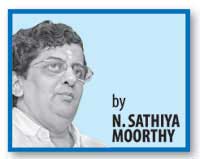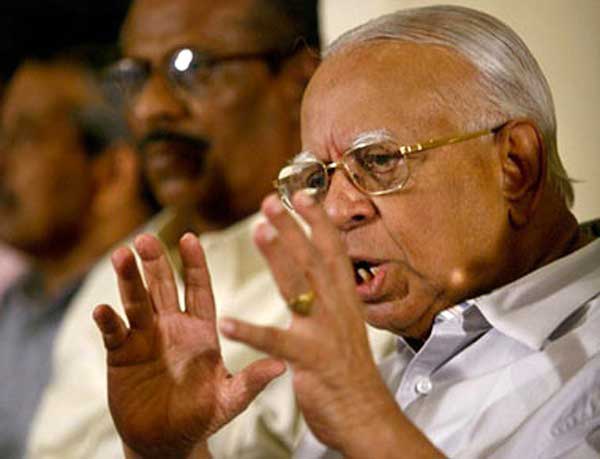Reply To:
Name - Reply Comment
Last Updated : 2024-04-20 03:33:00
 By N. Sathiya Moorthy
By N. Sathiya Moorthy
.jpg)
Aberatna Monday, 04 June 2012 03:46 PM
In short,even in step by step you can't divide the country. Please do not misleed innocent Tamils again as you did.
Vijendra Tuesday, 05 June 2012 02:21 AM
Most politicians try to use divisive politics for their own ends, with no consideration for what it does to the community as a whole. Pirahakaran's tactic was to separate the Tamils and Sinhalese by causing brutal murders of innocent Singhala villages and suicide bombings of the Singhalese places of importance and worship. Sampantha wants to continue along the same lines to keep the Tamils separated from the Singhalese. The only way the two communities could live together is if they learn to give up the differences and build on the commonalities. With the trilingual policy of the GOSL, hopefully the future generation will be able to communicate with one another with mutual respect and irrespective of the ethnicity, leading to building trust and comraderie, like what it used to be half a century ago. So my humble request to Sampanthan is to give up the hatred and teach coexistence and not division as he continues to do at present.

Add comment
Comments will be edited (grammar, spelling and slang) and authorized at the discretion of Daily Mirror online. The website also has the right not to publish selected comments.
Reply To:
Name - Reply Comment
On March 26, a couple arriving from Thailand was arrested with 88 live animal
According to villagers from Naula-Moragolla out of 105 families 80 can afford
Is the situation in Sri Lanka so grim that locals harbour hope that they coul
A recent post on social media revealed that three purple-faced langurs near t